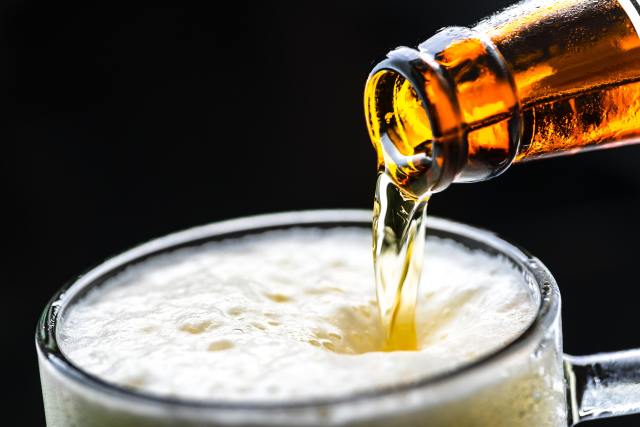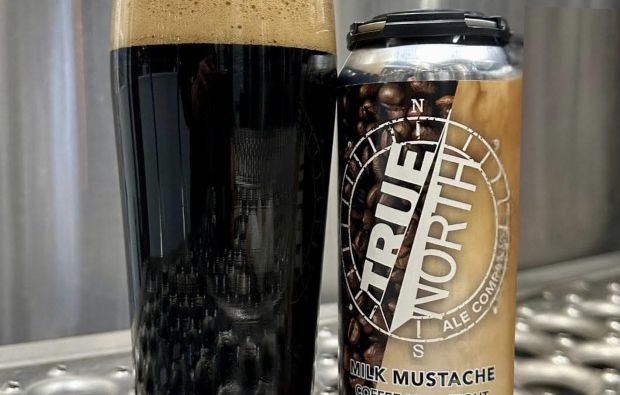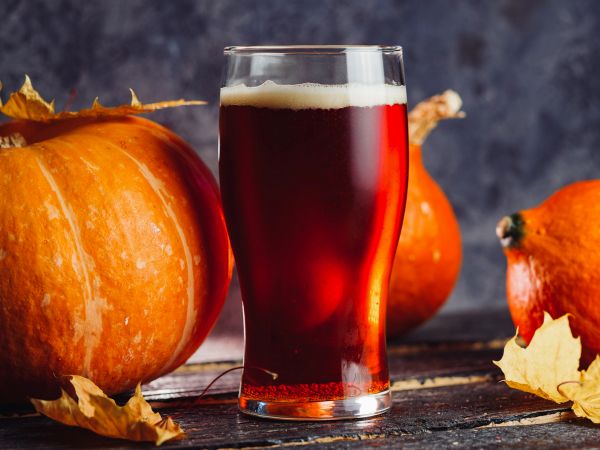10 Most Important Beer & Brewing Innovations
10 Most Important Beer & Brewing Innovations

Beer may be one of humanity’s oldest fermented drinks, but that doesn’t mean it hasn’t changed dramatically over the centuries.
From ancient clay pots to high-tech breweries, innovation has always shaped the way we make, serve, and enjoy a beer.
And here are 10 of the most important beer and brewing breakthroughs that have transformed the industry and our drinking culture.
Malting & Controlled Germination
Early brewers stumbled upon the fact that sprouted grain made better beer. Malting—soaking, germinating, and drying barley—became a cornerstone of brewing, unlocking complex sugars and flavors that are still essential today.
Hops as a Preservative (and Flavor Bomb)
Before hops, beer was flavored with herbs and spices, they’re now called Gruit Ales. But hops didn’t just add bitterness and aroma—they acted as a natural preservative, helping beer last longer and travel farther. By the Middle Ages, hopped beer was sweeping across Europe.
The Lager Revolution
Cold fermentation with bottom-fermenting yeast changed everything in the 15th and 16th centuries. Lagers were cleaner, crisper, and more stable than ales, paving the way for the world’s most popular beer style.
Pasteurization
When Louis Pasteur studied beer spoilage in the 1800s, he developed pasteurization, a method that protected beer from bacteria. It was a game-changer for storage and transport—making global beer brands possible.
Refrigeration
Before refrigeration, brewing was limited by the seasons. With artificial cooling in the late 19th century, lager brewing exploded, and year-round production became the norm. Refrigerated rail cars and storage also transformed distribution.
The Bottle Cap
Invented in 1892 by William Painter, the humble crown cork (a.k.a. bottle cap) made bottled beer practical, portable, and fresh. It was simple, cheap, and incredibly effective—so effective it’s still in use today.
Stainless Steel Brewing Equipment
Introduced in the 20th century, stainless steel replaced copper kettles and wooden vats. It was durable, easy to sanitize, and ideal for consistent quality—perfect for both giant breweries and small craft outfits.
The Beer Can
When canned beer hit shelves in the 1930s, it was a novelty. Today, cans are everywhere thanks to their light weight, recyclability, and ability to protect beer from light. Craft brewers have embraced them bigtime, proving cans aren’t just for mass-market lagers.
Craft Brewing Renaissance
Starting in the 1970s and exploding in the ’90s and 2000s, small, independent breweries reshaped the industry. Innovations weren’t just technical—they were cultural. The craft beer movement revived forgotten styles, experimented with ingredients, and inspired a new generation of drinkers.
Digital Brewing & Data-Driven Beer
Modern breweries lean on automation, sensors, and software to dial in consistency and experiment at scale. From precision fermentation control to AI-assisted recipe development, brewing today is as much science as art.
###


















